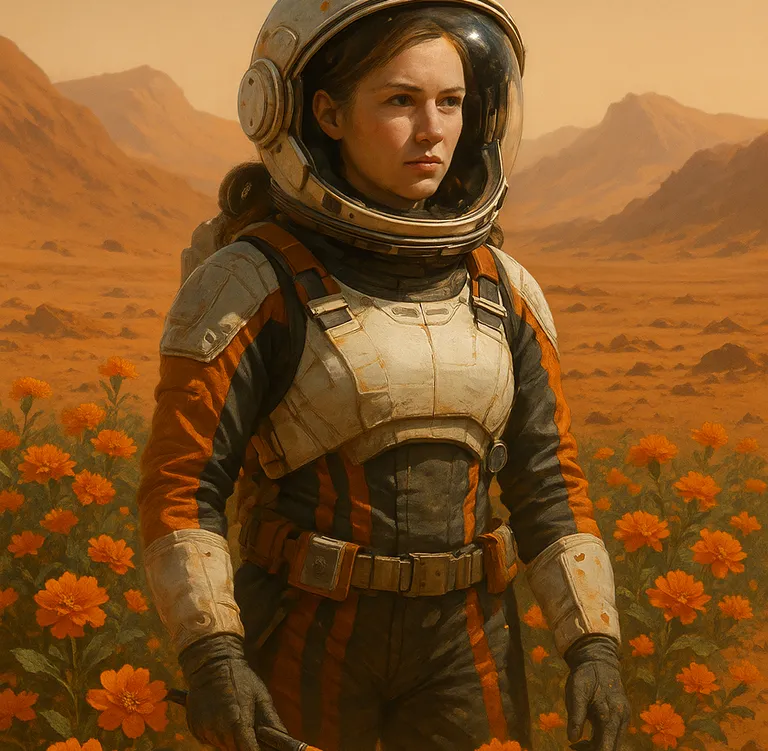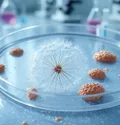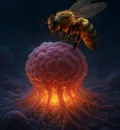In a groundbreaking revelation that fuses biology with interplanetary sustainability, scientists have discovered that menstrual blood could serve as a potent fertilizer for farming on Mars.
This new finding could significantly impact future missions to the Red Planet, where growing food sustainably is one of the biggest challenges for long-term human colonization.
Red Planet, Red Gold
The research — conducted in coordination with several astrobiology and sustainability labs — found that menstrual blood is rich in essential nutrients like nitrogen, iron, and potassium, which are critical for plant growth. Unlike traditional fertilizers that must be imported or synthesized, menstrual blood is naturally replenishable by female astronauts, making it an efficient and renewable bioresource in space.
Fertilizing the Future
Lead researcher Dr. Alina Varga explained:
“On Mars, every drop of water and every molecule of nutrient counts. Our bodies carry the blueprint for survival, and menstrual blood could be a key player in biowaste repurposing systems that support self-sustaining life.”
The study included soil simulations using Martian regolith and tested plant growth response when supplemented with menstrual blood plasma. Results showed significantly enhanced growth in crops like lettuce, radishes, and even potatoes — a nod to the famous Martian movie reference.
Sustainability Through the Body
The discovery also opens up broader conversations about female-centered solutions in space exploration, challenging previously male-dominated narratives in astrobiology and innovation. Using human biological processes not just as functions to manage, but as resources to optimize, may be the future of off-world survival.
What’s Next?
NASA and private space agencies are reviewing the findings as part of ongoing studies for future manned missions to Mars in the 2030s. There’s still much testing to be done — including ethical, health, and operational logistics — but this unconventional source of fertility may turn out to be one of our most powerful assets in interplanetary living.
By ✍️ Tammy Castillo - MicuPost Team
Sources:



